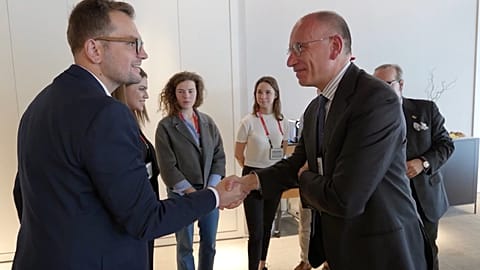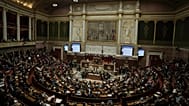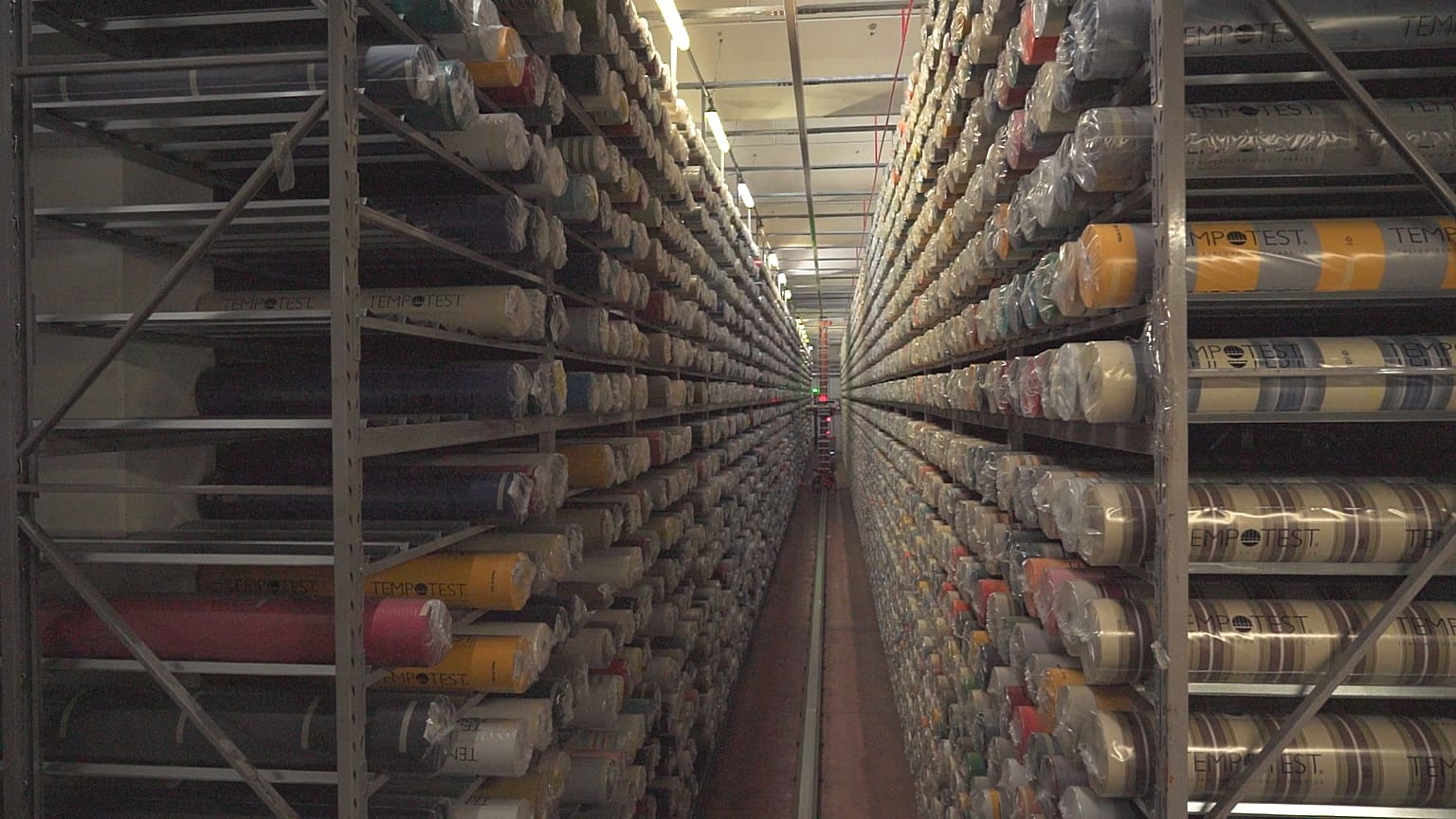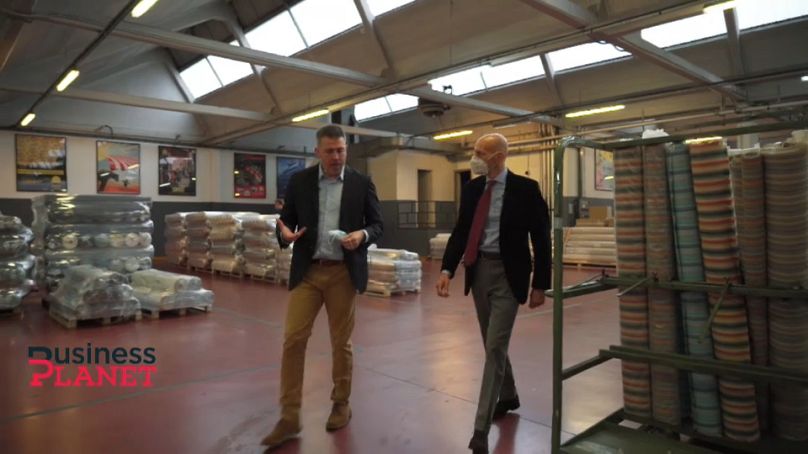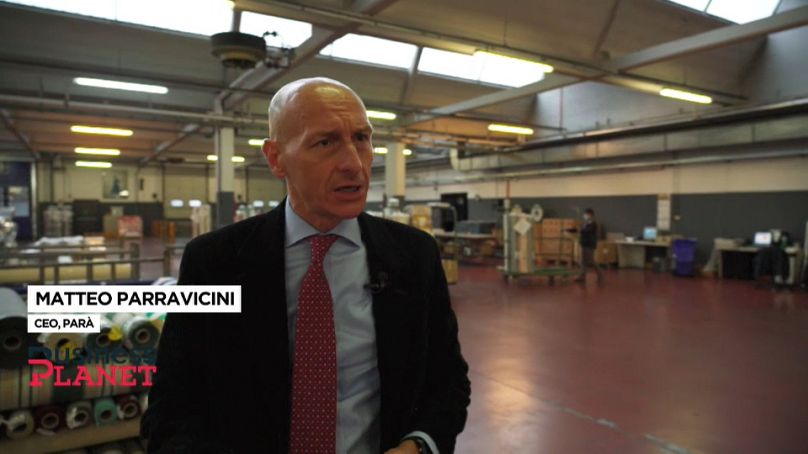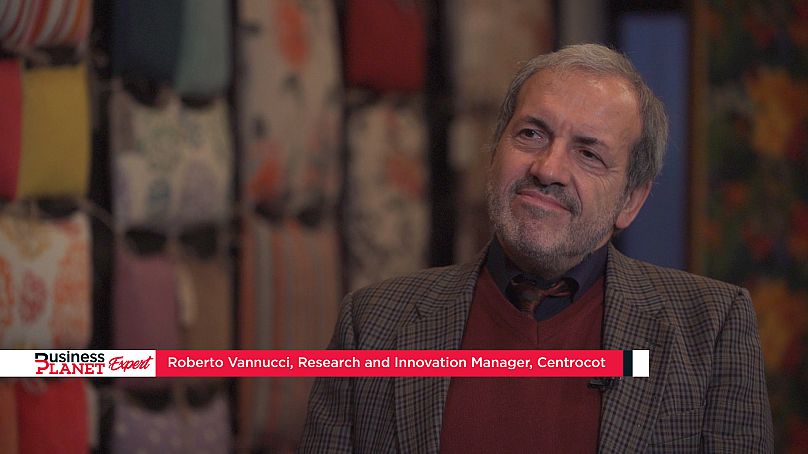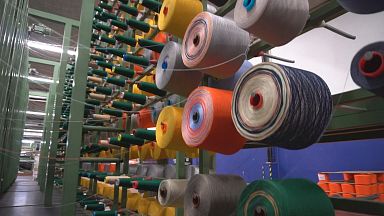This year as part of its Green Deal, the European Commission unveiled its Circular Economy Action Plan. The strategy seeks to strengthen innovation in the textile sector and dramatically boost recycling. Business Planet visited Monza in Italy to see an innovative project helping to lead the way.
Business Planet heads to Italy to see how an innovative project is attempting to boost Europe's circular economy.
Founded almost a century ago near Monza, Parà specialises in textiles - the firm makes acrylic awnings and outdoor furniture. The company is proud of its heritage and the quality of its products, some of which adorned the White House during the Obama presidency.
But it is also fully aware of the environmental impact that textile manufacturing has on the planet and wants to help find a solution. The company's CEO Matteo Parravicini says the company has been aware of these environmental issues for a long time:
“Parà has always pursued a policy of respect for natural resources. In fact, Parà has invested in a water and a wastewater treatment plant, a cogeneration plant to obtain hot water and steam for its sites, and a photovoltaic plant to obtain clean solar energy. This is Parà.”
"We do not have a Planet B"
In addition to reducing its CO2 footprint, the firm is looking at ways in which it can recover and reuse old products from customers once these have reached the end of their working life. It's an approach that seeks to embrace what is known as the circular economy. Instead of the current linear take, make and dispose model, it aims to circulate materials again and again so nothing gets thrown away.
Matteo believes this is essential: “It's important because I know that we do not have a 'Planet B' and I know that our processes have an impact on the environment.
"At this point, the search for sustainable products becomes the real key to the future. Our target market wants companies to invest in this field.”
Closing the loop
Stitching together the different elements to close the loop on the circular economy, however, will be hard to do, especially when it comes to the textile and fashion industry. While levels vary from country to country, globally it’s estimated less than 1% of all textile waste is currently recycled. One of the biggest obstacles to increasing that figure is removing the finishing substances from products, especially those used when manufacturing acrylic fabrics.
But Parà and another Italian company, Centrocot, think they may have the answer. Their research is backed by the EU’s Horizon 2020 REACT project.
Roberto Vannucci, Centrocot's Multisectoral Research and Innovation Manager, helps coordinate the REACT project. He says the scheme is attempting to address the problem of waste acrylic textile:
“Acrylic fabrics have chemicals that we have given them to obtain specific properties, like antimicrobial characteristics. However, these substances can be dangerous, especially for the environment, and must be removed. And that is what we are doing.
Vannucci adds: “Instead of being thrown into landfill or being incinerated, it will be possible to recycle and reuse acrylic fibres to produce new fabrics or new products. Not only that, the same approach could also be used for other fabrics that are made from other fibres.”
In addition to the REACT project, this year the European Commission unveiled its Circular Economy Action Plan. As part of the EU's so-called Green Deal, the strategy seeks to strengthen innovation in the textile sector and dramatically boost collection, re-use and recycling.
The EU's REACT project seeks to address the management of waste acrylic textiles that come from outdoor awnings and furnishing. Business Planet spoke to the project's coordinator, Roberto Vannucci.
What is the purpose of the REACT project?
"The main objective of the REACT project is to remove chemical finishes from acrylic fabrics, coming from industrial waste or from end-of-life products, such as awnings, or cushions, or outdoor coverings. These finishes are necessary to give outdoor products the performance required for their use, such as oil repellency, antimicrobial, antistatic behaviour, etc."
Why is it necessary to remove these chemicals?
"The removal of these chemicals is necessary because it is then possible to recycle these fabrics into new acrylic fibres, which can be used for other products, thus maintaining economic value. Otherwise this secondary raw material would be destined for residual uses with very little value due to the contamination from the chemical finishes."
Why is this project vital?
"REACT is important because it goes beyond just recycling awnings or decorative cushions. Acrylic fibres are also widely used in clothing, where other performance and consequently other finishing is required. However, the approach and methods we are developing could also be useful for recycling other products. Moreover, acrylic fibers are just a small percentage of the world fibre market, but we believe these methods could also be successfully applied to products made from other textile fibres."
The Circular Economy Action Plan
The EU's Circular Economy Action Plan aims to make sustainable products standard practice in the European Union by:
- Empowering consumers and public buyers.
- Focusing on the sectors that use most resources and where the potential for circularity is high such as: electronics and ICT; batteries and vehicles; packaging; plastics; textiles; construction and buildings; food; water and nutrients.
- Ensuring less waste.
- Making circularity work for people, regions and cities.
- Leading global efforts on the circular economy.
Useful links
Read more
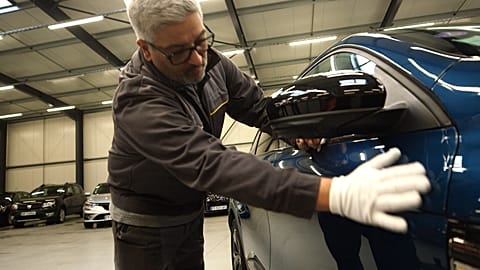
The circular economy: A €4.1 trillion opportunity?
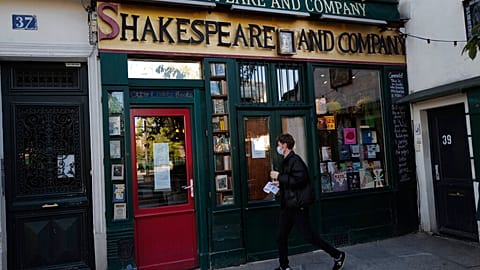
Iconic Paris bookshop hit by lockdown urges customers to buy a book
